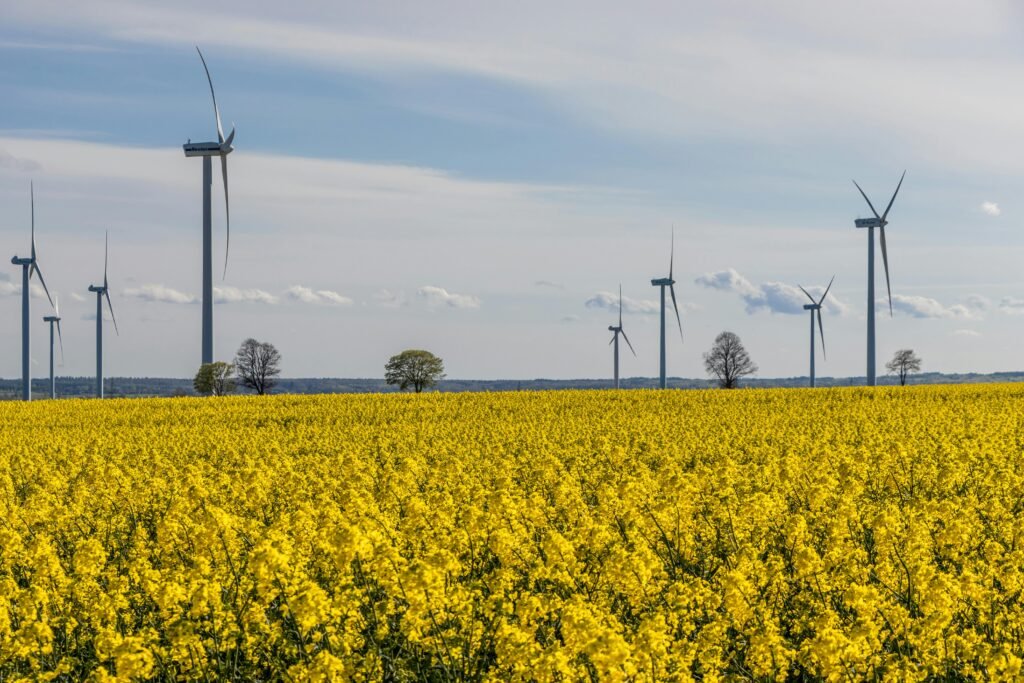Energy developers are facing a perfect storm: shifting policies, stakeholder pressure, volatile supply chains, and rising climate demands. Add to that the growing web of regulatory expectations – from NEPA to FERC, from ISO 14001 to SEC climate disclosures – and it’s clear that building energy infrastructure today is as much about managing risk as it is about engineering. Let’s break it down.
Developers are no longer just builders – they’re diplomats, compliance officers, and risk strategists. Whether it’s a wind farm in Texas or a hydrogen hub in California, success hinges on understanding not just what to build, but how to build it in a way that aligns with environmental law, investor scrutiny, and public trust. With the U.S. Inflation Reduction Act (IRA) throwing billions into clean energy, the stakes are even higher.
But here’s the kicker: regulatory complexity isn’t just a hurdle – it’s a map. If you can read it right, it shows you where the risks are buried and where the incentives lie. That’s where strategic risk management and planning come in. The TRC Companies recently highlighted how developers can thrive by embedding risk thinking into every phase of the project lifecycle. Think of it like building a house during hurricane season- you don’t just check the weather; you design for it. The same goes for energy projects.
The National Environmental Policy Act (NEPA) sets the stage for environmental reviews, but the real challenge is aligning those reviews with state-level permitting timelines, tribal consultations, and community expectations. Meanwhile, developers must track FERC rulings on interconnection queues, SEC climate risk disclosures, and evolving ISO 14001 standards for environmental management. It’s like playing 3D chess while the board keeps shifting.
The good news? There’s a playbook:
- Start with a robust stakeholder engagement plan – because public opposition can delay a project more than any technical glitch.
- Layer in a compliance matrix that maps out every applicable federal, state, and local requirement.
- Use scenario planning to model what happens if supply chains falter or policies shift.
- Don’t forget your ESG scorecard – investors are watching. One misstep in emissions reporting or labor practices, and funding can dry up.
Developers should also embed enterprise risk management (ERM) frameworks into their governance structures. This means:
- Assigning risk owners.
- Defining key risk indicators (KRIs).
- Conducting regular audits.
It’s not just about avoiding fines – it’s about earning trust. And trust, in this market, is currency. Look at what happened in Massachusetts, where a transmission project was stalled due to inadequate tribal consultation. Or in Texas, where interconnection delays have created a bottleneck for solar projects. These aren’t just case studies – they’re cautionary tales.
The lesson? Don’t treat compliance as a checkbox. Treat it as a compass. Energy projects today are no longer isolated engineering feats – they’re multi-stakeholder, multi-jurisdictional ventures that require as much diplomacy as they do design. Developers who succeed will be those who can translate regulatory complexity into strategic clarity. That means staying ahead of policy shifts, investing in compliance technology, and embedding risk thinking into every decision. Because in a market this complex, the only way forward is to plan for uncertainty – and build anyway.

